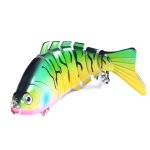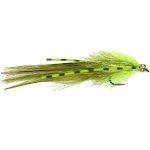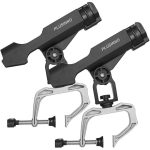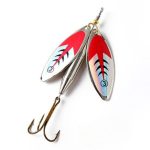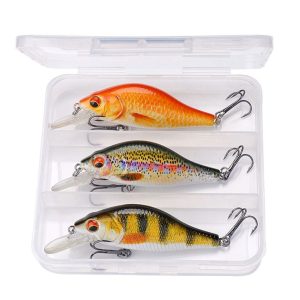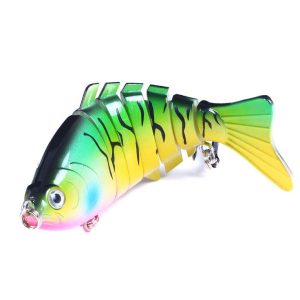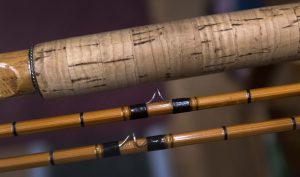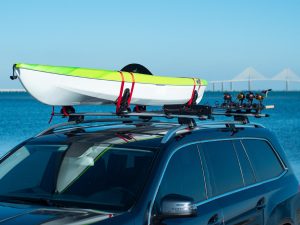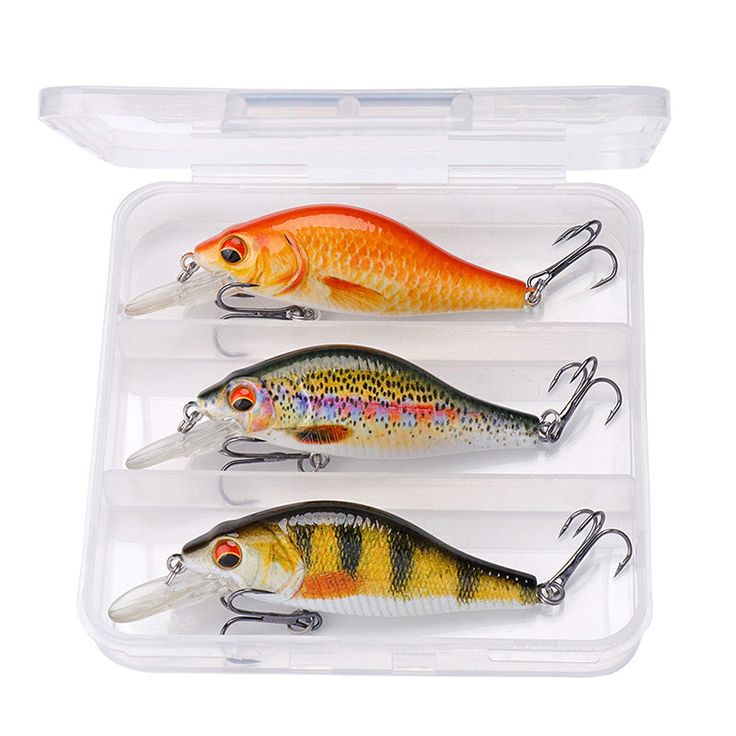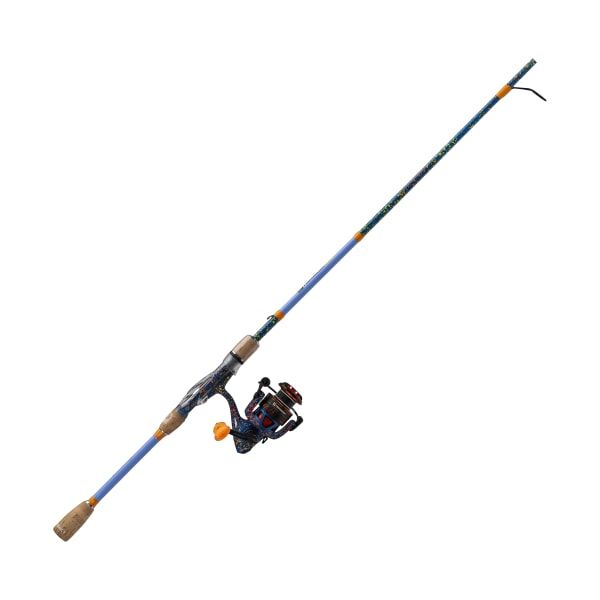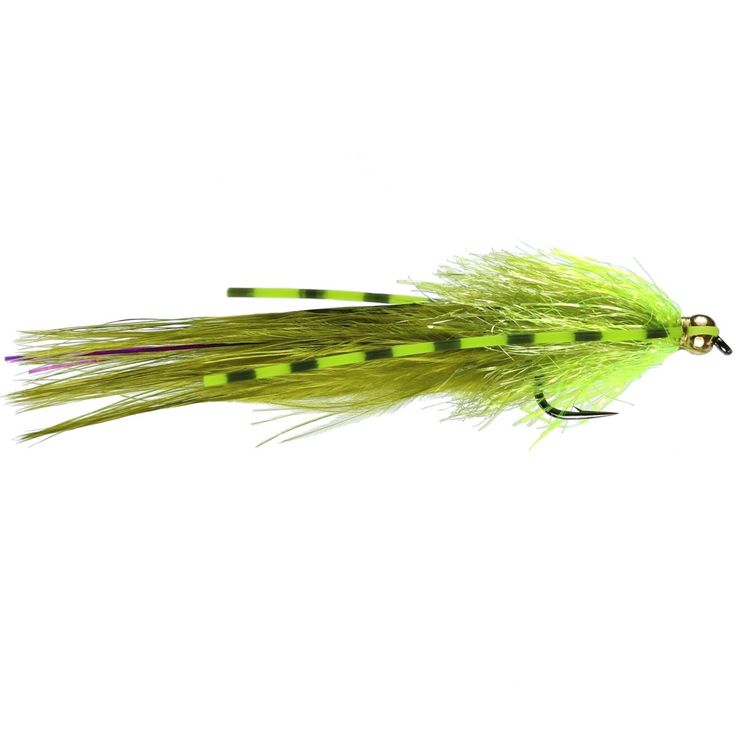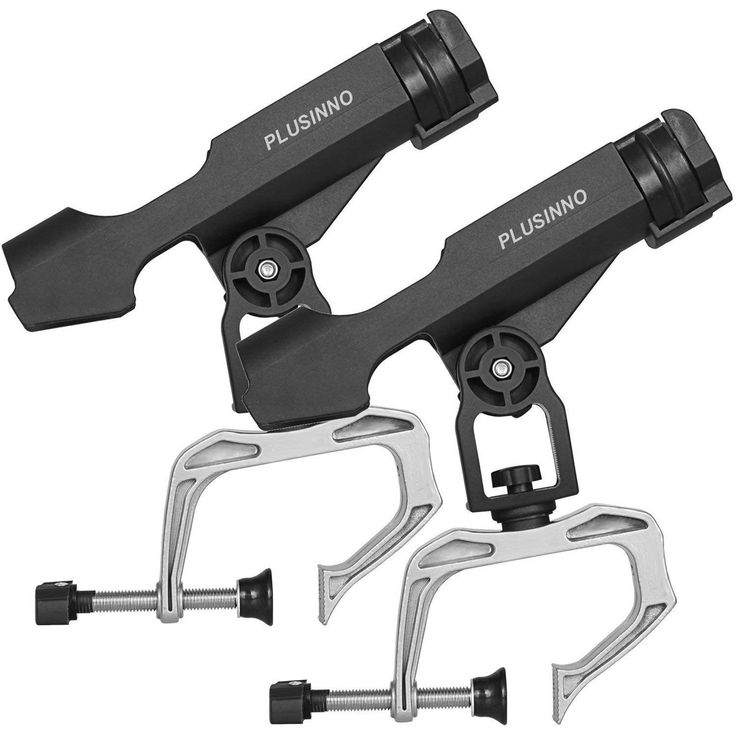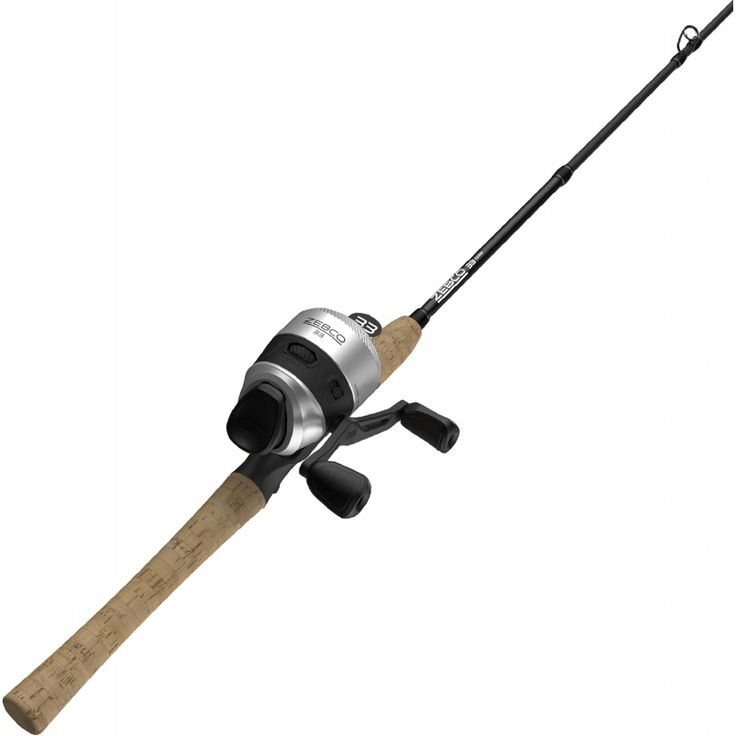Fishing is a timeless outdoor activity enjoyed by millions around the world. Whether you’re a beginner or an experienced angler, selecting the right fishing rod is crucial for a successful and enjoyable fishing experience. Fishing rods come in various types, each designed for specific fishing techniques and target species. Consequently, this comprehensive guide explores different fishing rod types, highlighting their unique features, uses, and advantages. Therefore, by understanding the various fishing rod types, you can make an informed choice and enhance your overall fishing adventures.

Spinning Rods
Spinning rods are among the most popular and versatile fishing rods available. Known for their user-friendly design, they are ideal for anglers of all skill levels. Understanding the features and uses of spinning rods can help you appreciate their versatility. Therefore, exploring spinning rods is essential for a well-rounded fishing experience.
Features of Spinning Rods
Spinning rods are characterized by their open-faced spinning reels mounted beneath the rod. This design allows for easy casting and retrieval, making them user-friendly for beginners. The guides on spinning rods are larger near the handle and gradually decrease in size towards the tip, facilitating smooth line movement. Spinning rods are available in various lengths, typically ranging from 5 to 10 feet, and are constructed from materials like graphite, fiberglass, or composite blends. These materials provide a balance of strength, sensitivity, and flexibility. Therefore, the features of spinning rods contribute to their widespread popularity and ease of use.
Uses and Advantages
Spinning rods are highly versatile and suitable for various fishing techniques and environments. They excel in casting lightweight lures and baits, making them ideal for freshwater fishing targeting species such as bass, trout, and panfish. Additionally, spinning rods are well-suited for saltwater fishing, particularly when fishing from shorelines or piers. Their design allows for longer casts and better control over the lure’s movement. The flexibility of spinning rods also makes them effective for finesse techniques, such as drop-shotting or wacky rigging. Therefore, the uses and advantages of spinning rods make them a valuable addition to any angler’s arsenal.
Casting Rods
Casting rods, also known as baitcasting rods, offer precision and power, making them a favorite among seasoned anglers. These rods are designed for accuracy and control, catering to specific fishing techniques and environments. Therefore, understanding casting rods is crucial for targeted and effective fishing.
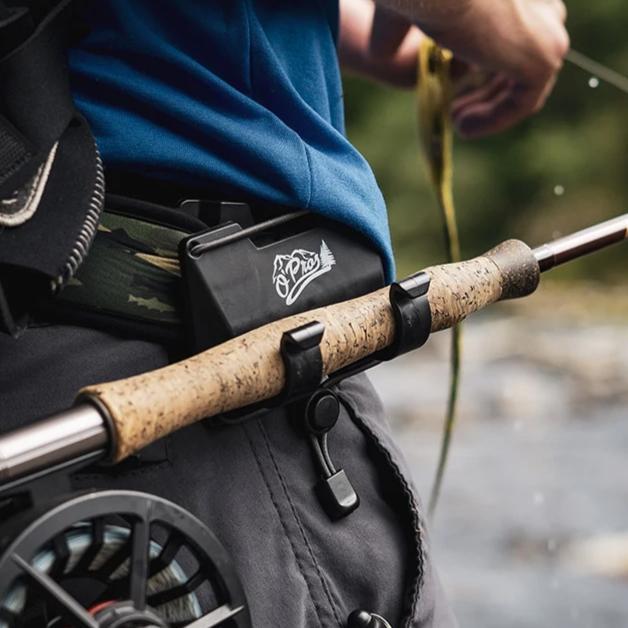
Features of Casting Rods
Casting rods are equipped with baitcasting reels mounted on top of the rod and feature smaller guides close to the rod blank. This setup provides enhanced control and accuracy when casting. Casting rods are typically constructed from graphite or composite materials, offering a combination of strength and sensitivity. They are available in various lengths, ranging from 5 to 8 feet, and come in different power ratings, such as medium, medium-heavy, and heavy. The handle of a casting rod is often longer, allowing for a two-handed grip and more leverage when casting or fighting fish. Therefore, the features of casting rods contribute to their precision and power.
Uses and Advantages
Casting rods are designed for techniques that require accuracy and control, such as pitching, flipping, and casting heavy lures. They are commonly used in freshwater fishing for targeting species like bass, pike, and muskellunge. The design of casting rods allows for greater casting accuracy, making them ideal for placing lures in tight spots, such as under docks or near submerged structures. The power and strength of casting rods also make them suitable for handling larger and more aggressive fish. Therefore, the uses and advantages of casting rods make them essential for targeted and precise fishing techniques.
Fly Fishing Rods
Fly fishing rods are specialized for the art of fly fishing, a technique that uses lightweight artificial flies to attract fish. These rods are uniquely designed to cast these lightweight flies effectively. Therefore, exploring fly fishing rods is essential for understanding this distinctive fishing style.
Features of Fly Fishing Rods
Fly fishing rods are distinct in their design, featuring a long, flexible rod with a large number of guides and a reel mounted on the bottom. The length of fly rods typically ranges from 7 to 10 feet, with longer rods used for larger bodies of water. Fly rods are categorized by weight ratings, such as 3-weight for small trout streams or 8-weight for larger species like salmon or saltwater fish. The construction materials, often graphite or fiberglass, provide the necessary flexibility and sensitivity for fly fishing. The reel seat and handle are designed for balance and comfort during long casting sessions. Therefore, the features of fly fishing rods enhance their effectiveness for fly fishing.
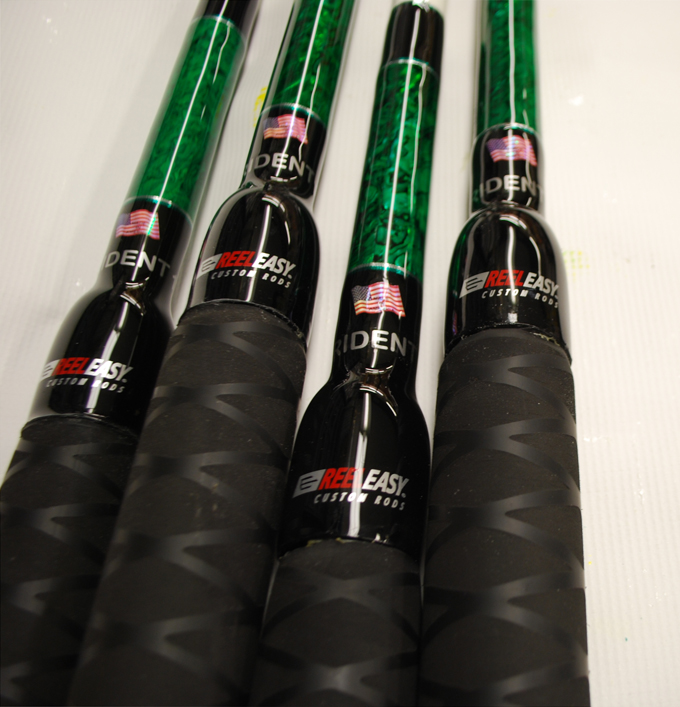
Uses and Advantages
Fly fishing rods are specifically designed for fly fishing techniques, which involve casting lightweight flies using a specialized fly line. These rods excel in freshwater environments, targeting species like trout, salmon, and grayling. Fly fishing rods allow for delicate and precise presentations, making them effective for catching wary and easily spooked fish. Additionally, fly fishing rods can be used in saltwater settings to target species like bonefish, tarpon, and redfish. The flexibility and sensitivity of fly fishing rods provide an immersive and rewarding fishing experience, enhancing the connection with the fish and the environment. Therefore, the uses and advantages of fly fishing rods make them indispensable for fly fishing enthusiasts.
Telescopic Fishing Rods
Telescopic fishing rods are designed for convenience and portability, making them a great choice for anglers on the go. These rods can be extended and collapsed, allowing for easy transportation and storage. Therefore, understanding telescopic fishing rods is important for versatile and mobile fishing adventures.
Features of Telescopic Fishing Rods
Telescopic fishing rods are characterized by their collapsible sections, which can be extended to full length when in use and retracted for compact storage. These rods are typically made from durable materials such as graphite or fiberglass, providing strength and flexibility. Telescopic rods vary in length, with extended lengths ranging from 5 to 12 feet or more. The guides on telescopic rods are designed to align properly when the rod is extended, ensuring smooth line movement. The compact design makes these rods easy to carry in backpacks or travel bags, making them ideal for traveling anglers. Therefore, the features of telescopic fishing rods contribute to their convenience and portability.
Uses and Advantages
Telescopic fishing rods offer a practical solution for anglers who need a portable and versatile option. These rods are suitable for various fishing environments, including freshwater and saltwater settings. Telescopic rods are ideal for hiking trips, backpacking adventures, or any situation where space is limited. Despite their collapsible design, modern telescopic rods provide reliable performance, making them effective for targeting a wide range of species. The ease of transportation and storage makes telescopic fishing rods a convenient choice for anglers who want to be prepared for spontaneous fishing opportunities. Therefore, the uses and advantages of telescopic fishing rods make them a valuable addition to any angler’s collection.
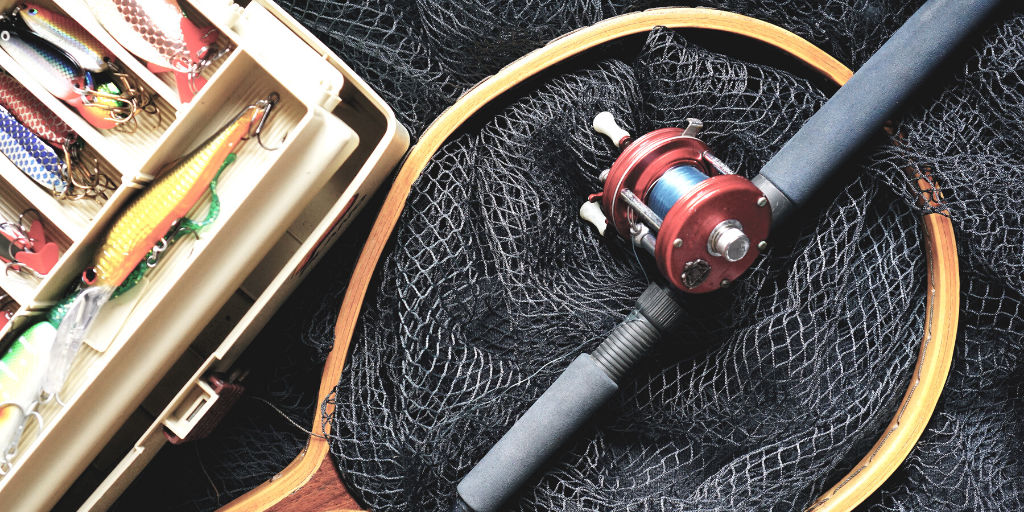
Surf Fishing Rods
Surf fishing rods are specifically designed for casting from shorelines into the ocean, targeting saltwater species. These rods are built to handle the challenging conditions of surf fishing and provide the necessary distance and strength. Therefore, exploring surf fishing rods is essential for successful shore fishing experiences.
Features of Surf Fishing Rods
Surf fishing rods are typically longer than standard fishing rods, ranging from 8 to 15 feet in length. The extended length allows for longer casting distances, which is crucial for reaching deeper waters from the shore. Surf rods are constructed from strong and durable materials like graphite or composite blends, providing the necessary resilience to handle powerful saltwater species. The guides on surf rods are designed to minimize friction and ensure smooth line movement during long casts. The handles are often extended and feature a comfortable grip to accommodate two-handed casting. Therefore, the features of surf fishing rods enhance their performance in challenging surf conditions.
Uses and Advantages
Surf fishing rods are designed to cast heavy baits and lures over long distances, making them ideal for shore fishing. These rods are used to target a variety of saltwater species, such as striped bass, bluefish, redfish, and sharks. The robust construction of surf rods allows them to withstand the harsh conditions of saltwater environments, including corrosive salt and strong waves. Additionally, the length and power of surf fishing rods provide the leverage needed to control and reel in large and powerful fish. Therefore, the uses and advantages of surf fishing rods make them essential for anglers looking to conquer the surf.

Conclusion: Choosing the Right Fishing Rod
Choosing the right fishing rod involves understanding the various types available and their specific features, uses, and advantages. From versatile spinning rods to specialized fly fishing rods, each type is designed to enhance your fishing experience in different ways.
Spinning rods offer ease of use and versatility, making them ideal for beginners and experienced anglers alike. Casting rods provide precision and power, catering to targeted and accurate fishing techniques. Fly fishing rods excel in the art of fly fishing, offering a unique and rewarding connection with the environment.
Telescopic fishing rods provide convenience and portability, perfect for anglers on the go. Surf fishing rods are built to handle the challenging conditions of shore fishing, targeting powerful saltwater species.
Therefore, by understanding the characteristics and applications of each fishing rod type, you can make an informed choice that aligns with your fishing goals and preferences. Embrace the diversity of fishing rods and enhance your angling adventures by selecting the right tool for the job. Happy fishing!

